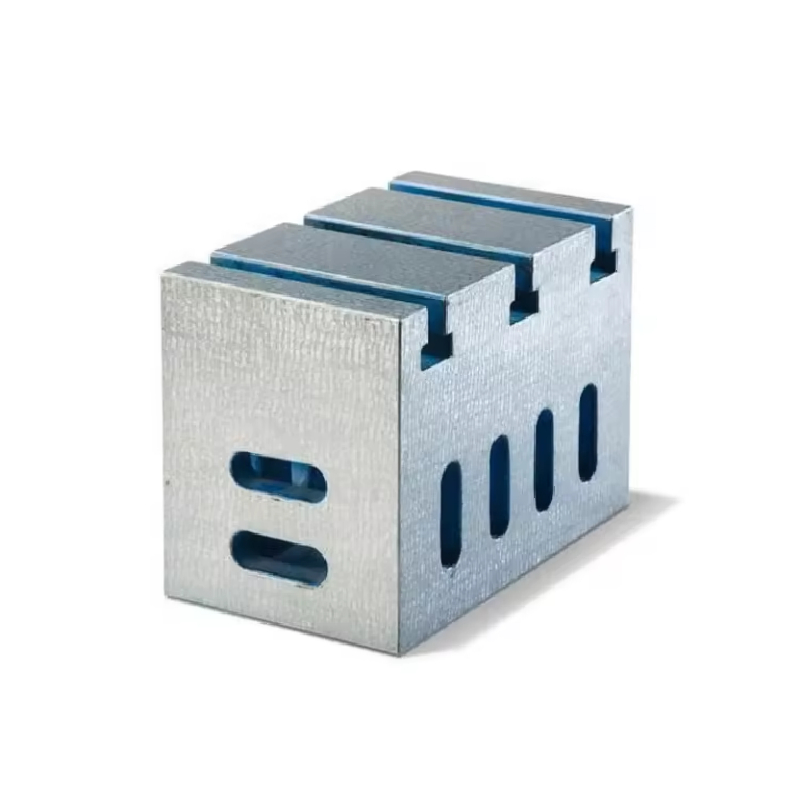des . 11, 2024 11:38 Back to list
5 types of check valves
Understanding the 5 Types of Check Valves
Check valves play a critical role in various piping systems, ensuring that fluid flows in one direction while preventing backflow. These valves are essential in maintaining system integrity, protecting equipment, and enhancing operational efficiency. There are several types of check valves, each designed for specific applications and conditions. This article explores five common types of check valves swing check valves, lift check valves, ball check valves, diaphragm check valves, and dual-plate check valves.
1. Swing Check Valves
Swing check valves are perhaps the most recognizable type of check valve. They operate with a disc hinged at the top of the valve body. When fluid flows through the valve in the correct direction, the disc swings open, allowing fluid to pass. Conversely, when there is a reverse flow, the disc swings back into a closed position, effectively preventing backflow. Swing check valves are ideal for low-pressure applications and are commonly used in water supply systems and HVAC applications. However, they may not be suitable for applications involving high-speed fluid dynamics, as the disc's inertia can cause slamming.
Lift check valves function similarly to swing check valves but operate differently. The disc in a lift check valve moves vertically within the valve body. When water flows in the forward direction, the disc lifts off its seat, allowing flow. When there's a reverse flow, the disc drops back onto the seat, creating a tight seal and preventing backflow. These valves are particularly suitable for high-pressure systems and are often used in steam, water, and gas applications. Although they require more vertical space than swing check valves, lift check valves offer better performance in high-pressure scenarios.
3. Ball Check Valves
5 types of check valves

Ball check valves utilize a spherical ball that sits on a seat within the valve body. In the presence of forward flow, the ball is pushed off the seat, allowing fluid to flow freely. If there is any reverse flow, gravity causes the ball to drop back onto the seat, creating a seal. Ball check valves are compact and provide minimal resistance to flow, making them suitable for a variety of applications, including water tanks and irrigation systems. However, they may not perform well with viscous fluids due to the potential for the ball to stick.
4. Diaphragm Check Valves
Diaphragm check valves feature a flexible diaphragm that moves to open or close the valve. When fluid flows in the correct direction, the diaphragm flexes, allowing flow. In the case of backflow, the diaphragm seals directly against the valve body, ensuring no fluid can pass. These valves are particularly effective in sanitary and corrosive applications due to their ability to provide a tight seal and to isolate the fluid from the valve components. Diaphragm check valves are widely used in the pharmaceutical, food processing, and chemical industries.
5. Dual-Plate Check Valves
Dual-plate check valves are compact and feature two plates that pivot on a hinge. These plates open with the forward flow and close against the seat during reverse flow. The design reduces the backpressure and results in a quick response to changes in flow direction. Dual-plate check valves are ideal for high-flow, low-pressure drop applications and can be found in various industries, including water management and power generation. Their space-saving design and reliability make them a popular choice compared to traditional check valves.
In conclusion, the selection of a check valve type depends on the specific application, desired flow characteristics, and pressure conditions. Understanding these five check valve types—swing, lift, ball, diaphragm, and dual-plate—enables engineers and designers to choose the right valve for their systems, ensuring optimal performance and longevity. By carefully considering the unique attributes and applications of each type, one can enhance the reliability and efficiency of fluid transport systems.
-
Flanged Gate Valve: A Reliable Choice for Industrial and Municipal SystemsNewsAug.20,2025
-
Soft Seal Gate Valve: A Modern Solution for Reliable Pipeline ControlNewsAug.20,2025
-
Gate Valve Types: Understanding the Options for Your Pipeline SystemsNewsAug.20,2025
-
Y Type Strainer: Essential for Clean and Efficient Flow SystemsNewsAug.20,2025
-
Cast Iron Y Strainer: Durable Solutions for Demanding ApplicationsNewsAug.20,2025
-
Flanged Y Strainer: An Essential Component in Industrial Filtration SystemsNewsAug.20,2025
Related PRODUCTS









